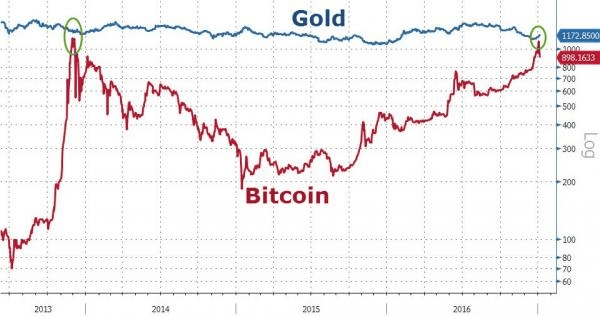Bitcoin's average annualized funding rate over the past seven days has hit a nearly one and a half year low. Binance has been hit with a new lawsuit. Will something big happen in the cryptocurrency world?
A signal in the bitcoin derivatives market suggests the risk of “short covering” is rising, which could drive a sharp rally in the largest digital asset.
The indicator is the funding rate for Bitcoin perpetual futures, which helps measure the degree to which speculators are bullish or bearish. The seven-day average annualized funding rate on August 20 was the lowest since March 2023, when bearish bets prevailed as a wave of U.S. bank failures shocked investors.#新币挖矿DOGS
“The average funding rate for perpetual swaps was negative over the past week, while open interest increased significantly, suggesting that investors are aggressively shorting positions, structurally creating conditions favorable for short covering,” Vetle Lunde and David Zimmerman wrote in a report.
So-called short covering, where an unexpected price jump forces fast money traders to close their bearish bets, fuels the rally. The mood in the Bitcoin market has been sluggish recently, with the digital asset experiencing a “painful August” and struggling to stay above $60,000 as Mt. Gox begins to repay Bitcoin and concerns about the U.S. government selling its seized tokens. Meanwhile, global stock indexes have rebounded to near all-time highs and gold has also hit new highs.
Over the past week, notional open interest in the perpetual contract market has increased by the equivalent of nearly 29,000 bitcoins. The 7-day average annualized funding rate on August 20 was -2.5%. Lunde and Zimmerman said that this rapid increase in open interest and negative funding rates is a relatively rare background.
Perpetual contracts are widely popular among speculators in the cryptocurrency space because they have no expiration date. Trading activity in the more traditional bitcoin futures market on the Chicago Mercantile Exchange has also been climbing, which could indicate renewed involvement from U.S. institutional investors.
Notably, Binance and its former CEO Changpeng Zhao are currently facing a new class-action lawsuit from three cryptocurrency investors who say they are unable to recover stolen assets because the exchange failed to prevent money laundering.
In a class-action lawsuit filed on August 16 in the U.S. District Court for the Western District of Washington in Seattle, plaintiffs claim that their cryptocurrencies were stolen and that the funds were sent to Binance by the thieves to “eliminate the connection between the ledger and the digital assets,” making them untraceable.
Bill Hughes, senior attorney and director of global regulatory affairs at Ethereum development company Consensys, said he was "skeptical" that the lawsuit would prove the allegations. In an Aug. 20 post, Hughes said the new class action lawsuit was a "natural and predictable follow-on civil action" designed to take advantage of the government's prosecution. However, Hughes also said the lawsuit puts Binance in a "tough spot" and said it could have a significant impact on the crypto industry if the local court decides to go to trial.
Zhao Changpeng pleaded guilty to violating U.S. anti-money laundering laws in November 2023 and resigned as Binance CEO as part of a settlement with authorities. Binance agreed to pay a $4.3 billion fine for a "civil regulatory enforcement action."
In April, a federal judge sentenced Zhao Changpeng to four months in prison, less than the three years federal prosecutors had requested. He began serving his sentence in June and will be released in September. Hopefully he will return safely. . #币安Web3钱包 $BTC



